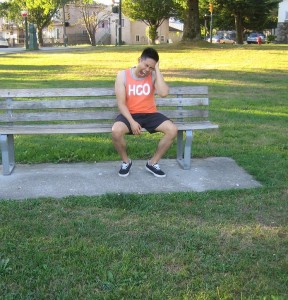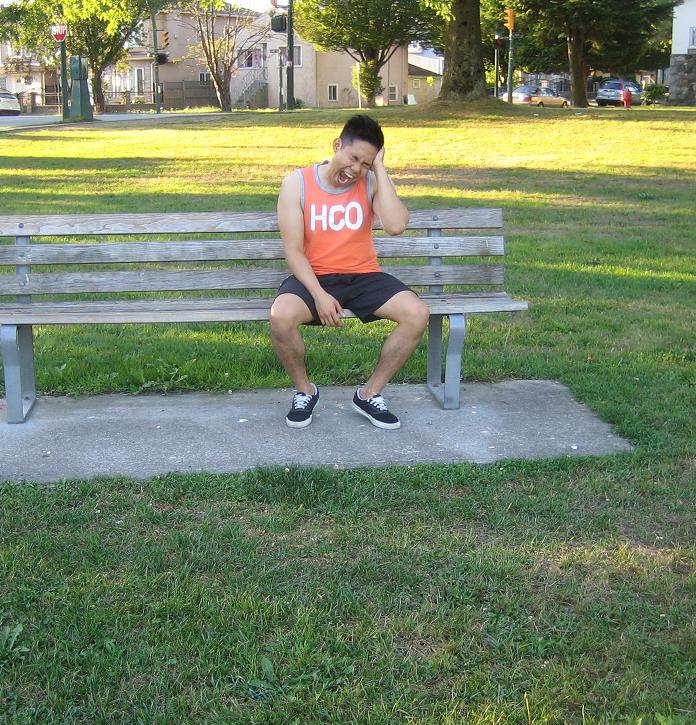Orthostatic hypotension is a type of reduced blood pressure that occurs when standing up from sitting or lying down and there is dizziness or light-headedness and sometimes fainting.
Orthostatic hypotension is mild and only last a few seconds or minutes after standing up, but if the dizziness last for a longer time it can be a sign of a serious problems. If you want to learn more about orthostatic hypotension, click here.
Symptoms of orthostatic hypotension
- There is a feeling of light-headedness or dizziness after standing up and the vision is blurred.
- There is weakness, confusion, fainting and nausea

Causes of orthostatic hypotension
- Can be caused by dehydration, fever, vomiting, severe diarrhea and doing strenuous exercises and having excessive sweating and not drinking enough fluids. When there is dehydration, the body will lose volumes of blood and a mild case can cause symptoms of orthostatic hypotension like weakness, fatigue and dizziness.
- Some heart conditions that can cause orthostatic hypotension include bradycardia which is a low heart rate, heart valve problems, heart attack and heart failure.
- Thyroid conditions like adrenal insufficiency known as Addison’s disease as well as low blood sugar and sometimes diabetes can cause low blood pressure and cause damage to the nerves that function in regulating the blood pressure.
- Some nervous system disorders like Parkinson’s disease, multiple system atrophy and amyloidosis can cause disruption in the normal blood pressure system of the body.
- Experiencing low blood pressure during after eating of meals known as postprandial hypotension which is common in older adults.
Some complications that can be caused by orthostatic hypotension
- Falling down caused by fainting or syncope is common in people with orthostatic hypotension.
- Cardiovascular diseases and complications like chest pain, heart rhythm and heart failure problems
- The fluctuation in blood pressure especially when standing and sitting due to orthostatic hypotension can be a risk for stroke because of reduced supply of blood to the brain.
Treatment and home remedies
- Reduce salt in the diet since too much salt can cause high blood pressure and will lead to new health problems.
- If blood pressure drops after eating a meal, eat in small and low in carbohydrate meals.
- Drink plenty of fluids to help prevent symptoms of low blood pressure, and avoid drinking alcohol since it can exacerbate orthostatic hypotension.
- Exercise the calf muscles prior to sitting up and when moving out of the bed. The individual should first rest on the perimeter of the bed for a while before standing up.
- Use abdominal binders or compression stockings in order to minimize the effects of the condition.
- When sleeping, keep the head elevated since it helps fight the effects of gravity.
- Rise slowly from bed to avoid dizziness and light-headedness
- Do not bend at the waist, squat with the knees to pick up something on the floor.
- Moving the legs while standing in order to encourage circulation to the heart.

